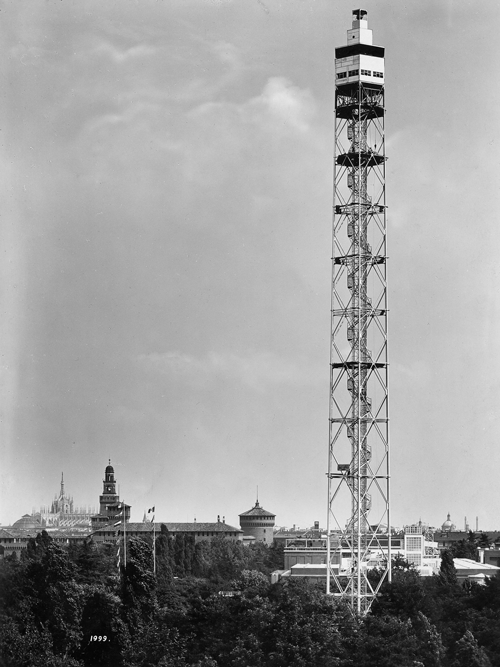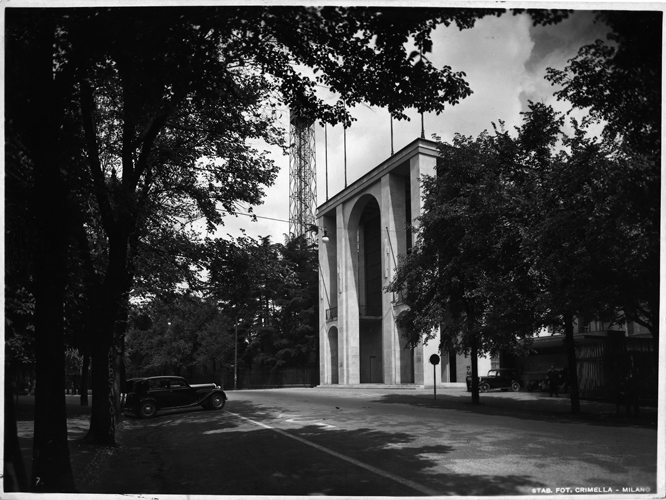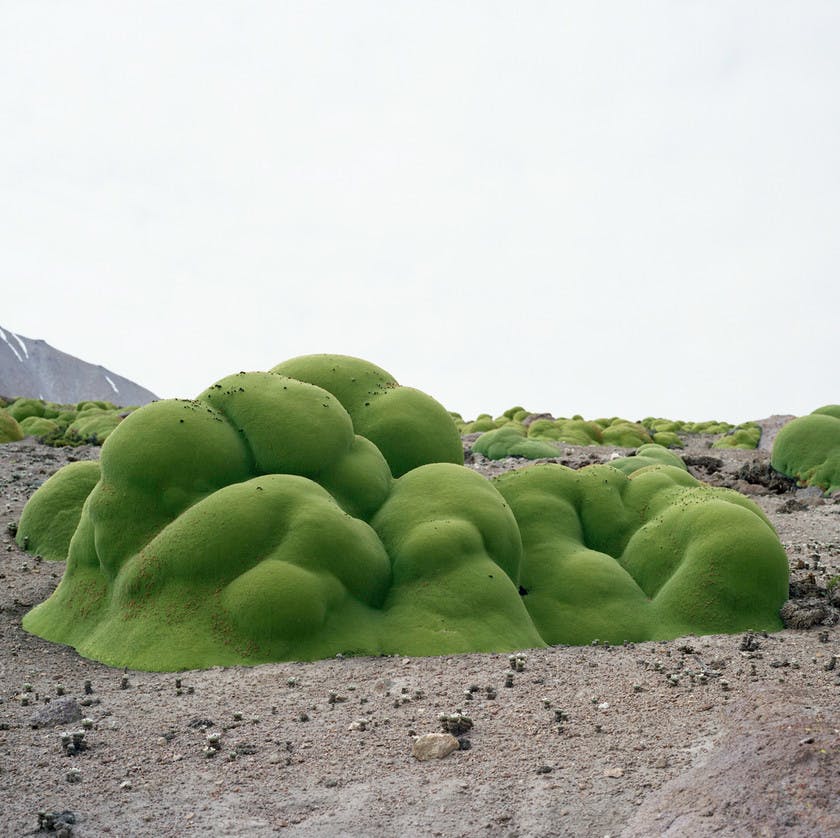
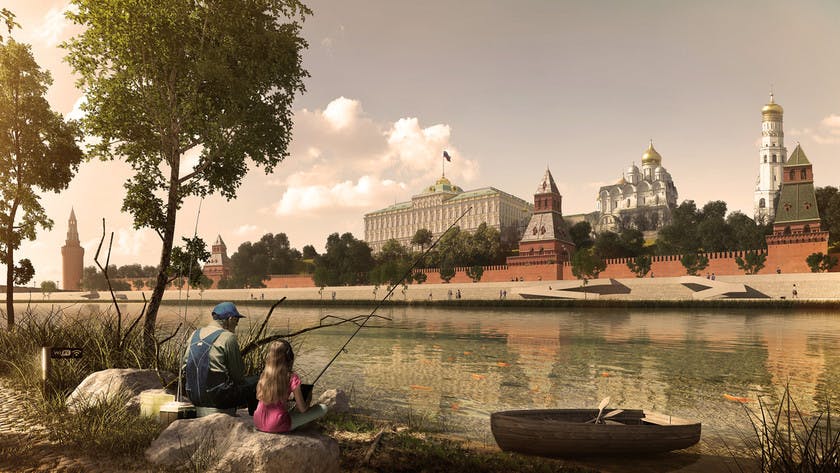
The Moscow river redevelopment strategy, Meganom, 2014
Exhibition concept & design:
Yury Grigoryan, Anna Kamyshan, Yury Kuznetsov, Taisia Osipova, Sergei Sitar, Elena Uglovskaya
Project coordination:
Bogdan Peric
Production:
Anna Bouali, Ivan Shpak, Pavel Kiselev
Supported by:
Dmitry Shvidkovsky, MARCHI Moscow Architectural Institute , MEGANOM office for architecture
Texts:
Yulia Tarnavskaya
Translation:
Lev Kats, Anna Shirokova-Koens
Graphic design:
Ivan Stepanenko
Contributors:
Archimatika, Yana Aliaskarova, Anna Andronova, Julia Ardabievskaya, Mikhail Beilin, Alexandra Budaeva, Konstantin Budarin, Olga Chernova, CITIZENSTUDIO, Ilya Davydov, Orchestra Design, Zhanna Dikaya, Alexandra Dyachenko, Brian Evans, Maria Fedorova, Mikhail Fedotov, Polina Filippova, Ekaterina Goldberg, HEADS Group, Anna Kamyshan, Arsen Khairov, Marina Khrustaleva, Mikhail Khvalebnov, Anastasiya Kizilova, Boris Kondakov, Olga Konyukova, Vladislav Kulikovskiy, Alina Kvirkvelia, Dmitriy Laptev, Tatevik Mamyan, Natalia Melikova, Edouard Moreau, Rustam Nasriddinov-Bitson, Daniil Nikishin, Alexander Popov, SAGA, Yury Saprykin, Egor Shchurov, Irina Shmeleva, Alisa Silanteva, Sergei Sitar, Artem Staborovskiy, Egor Orlov, Margarita Podgornaya, Sergey Topunov, Elena Uglovskaya, Alexandr Zinoviev
Moscow River Friends:
Architects and artists, journalists and archeologists, environmentalists and physicists, actors and businessmen, politicians and local historians, and thousands of other people who care about the past, present and future of Moscow and its main river, are all friends of the Moscow river. In 2018, architects Yury Grigoryan, Anna Kamyshan, Taisia Osipova and geographer Glafira Parinos created an informal society, The Friends of the Moscow River, in the hope that it would help people feel connected to the river and responsible for it.
Thanks to:
ASH studio, Axiomatica Smart Print
Maria Baeva, Elena Borisova, Anna Bronovitskaya, Alexey Buslenko, Cybercom Ltd, Natalia Dushkina, Maria Erman, Mikhail Fedotov, Misha Grigorovich, Institute of Modernism, Roman Kazulin, Pavel Kiselev, Danil Manerko, Mikhail Matrenin, Andrey Mikhalev, Moskva-Volga canal community, Maria Nashchokina, Oleg Oleinikov, Vladimir Ovsyannikov, Glafira Parinos, Clive Phillips, Aleksandra Polunina, Maria Raevskaya, Pyotr Savostyanov, Kirill Sidorenko, Gleb Soshnikov, Shchusev Museum of Architecture, Dmitry Shilov, Danila Shkolnyi, Alena Shlyakhovaya, Evgenia Sokolova, Soyuzmultfilm, Albert Urchukov, Studio911, Vechernyaya Moskva
Russia
The Moscow River Age
The Moscow River Age explores the human-river relationship and presents a timeline of stories between 1919 and 2119. Systematic engineering in the last century drastically altered the destiny of the main waterway of Moscow. Dams and gateways locked its natural flow, channels connected it to the far seas, vast territories within the river basin became water storage. It suffered enormous human intervention.
The industrial age is gone, and today we might pretend the exploitation is over: look, the river riverside turned into a pretty area and you are meant to enjoy your time there.
However, in order to pay back our debt to nature and the river, we should not only stop exploiting it but make this relationship mutually beneficial. It means that it has to become a ‘win-win’ type of relationship, which both sides could benefit from.
In search of restorative design, we collected many ideas of how it can be treated with a respectful attitude in mind. Friendship and love are central to this approach. Our main contributors were members of ‘Friends of the Moscow river’ community.
The part of the display the describes the river’s potential future gives some clues about how humans can see the river as their equal from whom they take but to whom they also give back.
The narrative is polyphonic: many different voices tell us about the life of the river and the life of those who live near it. What kind of impact do they have on each other?
Credits
Organising institution:
Meganom, architectural practice
Moscow Architectural Institute
Exhibition concept & design:
Yury Grigoryan, Anna Kamyshan, Yury Kuznetsov, Taisia Osipova, Sergei Sitar, Elena Uglovskaya
Project coordination:
Bogdan Peric
Production:
Anna Bouali, Ivan Shpak, Pavel Kiselev
Supported by:
Dmitry Shvidkovsky, MARCHI Moscow Architectural Institute , MEGANOM office for architecture
Texts:
Yulia Tarnavskaya
Translation:
Lev Kats, Anna Shirokova-Koens
Graphic design:
Ivan Stepanenko
Contributors:
Archimatika, Yana Aliaskarova, Anna Andronova, Julia Ardabievskaya, Mikhail Beilin, Alexandra Budaeva, Konstantin Budarin, Olga Chernova, CITIZENSTUDIO, Ilya Davydov, Orchestra Design, Zhanna Dikaya, Alexandra Dyachenko, Brian Evans, Maria Fedorova, Mikhail Fedotov, Polina Filippova, Ekaterina Goldberg, HEADS Group, Anna Kamyshan, Arsen Khairov, Marina Khrustaleva, Mikhail Khvalebnov, Anastasiya Kizilova, Boris Kondakov, Olga Konyukova, Vladislav Kulikovskiy, Alina Kvirkvelia, Dmitriy Laptev, Tatevik Mamyan, Natalia Melikova, Edouard Moreau, Rustam Nasriddinov-Bitson, Daniil Nikishin, Alexander Popov, SAGA, Yury Saprykin, Egor Shchurov, Irina Shmeleva, Alisa Silanteva, Sergei Sitar, Artem Staborovskiy, Egor Orlov, Margarita Podgornaya, Sergey Topunov, Elena Uglovskaya, Alexandr Zinoviev
Moscow River Friends:
Architects and artists, journalists and archeologists, environmentalists and physicists, actors and businessmen, politicians and local historians, and thousands of other people who care about the past, present and future of Moscow and its main river, are all friends of the Moscow river. In 2018, architects Yury Grigoryan, Anna Kamyshan, Taisia Osipova and geographer Glafira Parinos created an informal society, The Friends of the Moscow River, in the hope that it would help people feel connected to the river and responsible for it.
Thanks to:
ASH studio, Axiomatica Smart Print
Maria Baeva, Elena Borisova, Anna Bronovitskaya, Alexey Buslenko, Cybercom Ltd, Natalia Dushkina, Maria Erman, Mikhail Fedotov, Misha Grigorovich, Institute of Modernism, Roman Kazulin, Pavel Kiselev, Danil Manerko, Mikhail Matrenin, Andrey Mikhalev, Moskva-Volga canal community, Maria Nashchokina, Oleg Oleinikov, Vladimir Ovsyannikov, Glafira Parinos, Clive Phillips, Aleksandra Polunina, Maria Raevskaya, Pyotr Savostyanov, Kirill Sidorenko, Gleb Soshnikov, Shchusev Museum of Architecture, Dmitry Shilov, Danila Shkolnyi, Alena Shlyakhovaya, Evgenia Sokolova, Soyuzmultfilm, Albert Urchukov, Studio911, Vechernyaya Moskva
Highlights
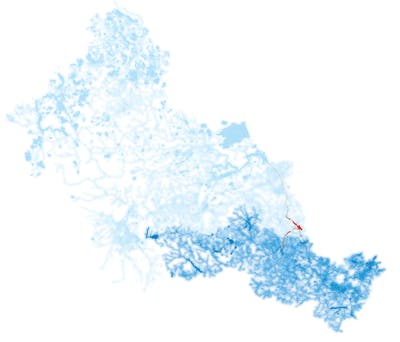
The Moscow river and Volga Basins
Related events
International Participations
Archives and collection
Explore hundreds contents →


